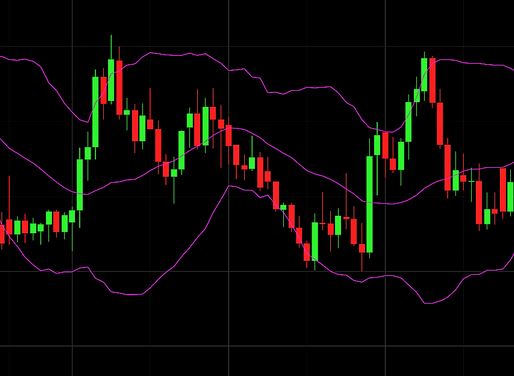Active traders widely use technical trading indicators to help them identify good entrance and exit spots for their trades.
The hundreds can find indicators on most trading sites. As a result, it is simple to make the mistake of using too many signs or to use them inefficiently.
To get the most out of technical analysis tools, this article will teach you how to select numerous indicators and how to optimize indicators.

Different signals
A trading instrument’s historical and current price or volume data can be used to derive technical indicators, which are mathematical computations. Technical analysts analyze this data to project future price movements based on historical trends.
However, indicators do not provide hard and fast signals to purchase or sell. Instead, it is up to the trader to determine how to use the signals to enter and exit trades consistent with their trading style.
Trend, momentum, volatility, and volume indicators are just a few of the many types of available gauges.
User-defined input variables
Traders are free to choose and use whatever technical signs they see fit. Changing the input values, user-defined variables slightly modify the behavior of the most frequently used indicators, such as moving averages and oscillators.
Factors such as a look-back period or price data used in the calculation can result in vastly different values for an indicator. And it provides vastly different insights into the state of the market at various times.
Information overload
Due to the overwhelming amount of data available, many modern traders use multiple screens to display charts and order input windows simultaneously.
It’s not a brilliant idea, even with six monitors, to fill every inch of screen real estate with technical indicators. When a trader faces overwhelming data, they may experience information overflow.
Reducing the number of signage in a given area can help with this problem. Get rid of it if you’re not going to use it. This will be useful in clearing the decks.
Multiple indicators of the same sort on the same chart can be simplified by removing some of them.
Optimization
Modern trading systems often include optimization studies that traders can use to determine which inputs produce the best outcomes.
Traders can enter a range for input, like the length of a moving average, and the platform will do the math to determine the range that produces the best outcomes. To determine the optimal inputs, multivariable algorithms consider multiple factors simultaneously.
Making an objective strategy that specifies when to join and exit trades and how to manage money is facilitated by optimization.

Bottom line
Always remember that technical analysis is based on probabilities rather than guarantees. No single sign or group of indicators can reliably forecast future market behavior.
Traders may struggle to understand market activity if they use or misapply too many signs. However, with the proper application of technical indicators, traders can improve their odds of market success by quickly identifying high-probability trading situations.


